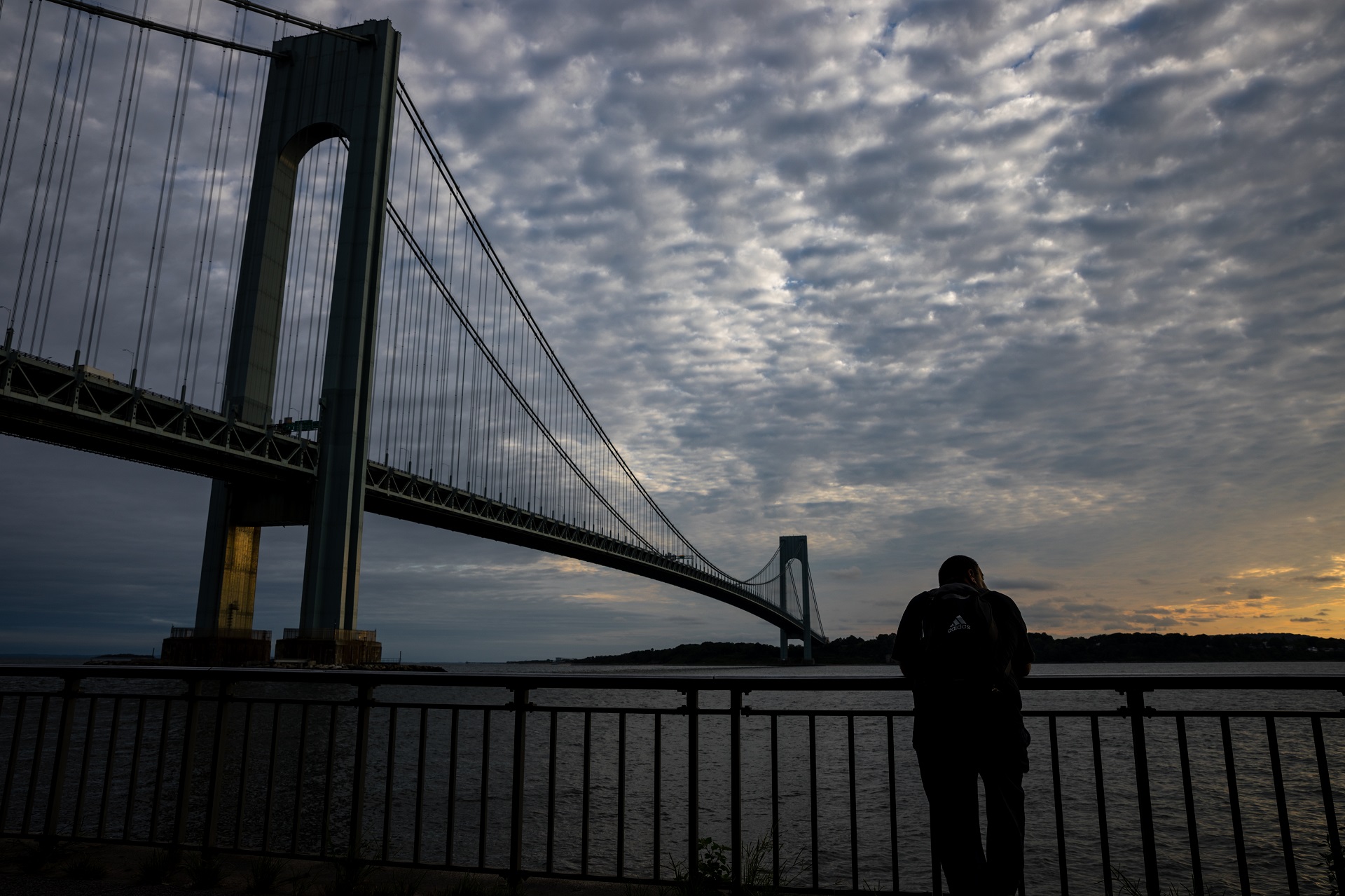Nemo no big deal in southern Brooklyn, officials say
snow 97 Street.JPG
The Department of Sanitation did a good job of quickly plowing the streets of Bay Ridge and many other neighborhoods in southern Brooklyn after the snowstorm named Nemo that hit the Northeast on Friday night, according to local officials and civic leaders.
“It looks like our community has made it through the storm with only minor incidents,” said Ilene Sacco, president of the 68th Precinct Community Council in Bay Ridge. The neighborhood had between 6 and 7 inches of snow, according to estimates.
Capt. Richard DiBlasio, the commanding officer of the 68th Police Precinct, was driving through the streets of Bay Ridge and Dyker Heights, the two neighborhoods the precinct covers, to check on the street conditions.
